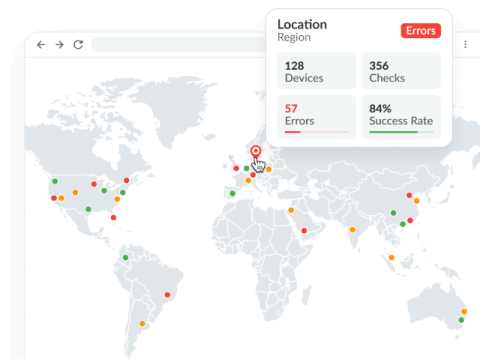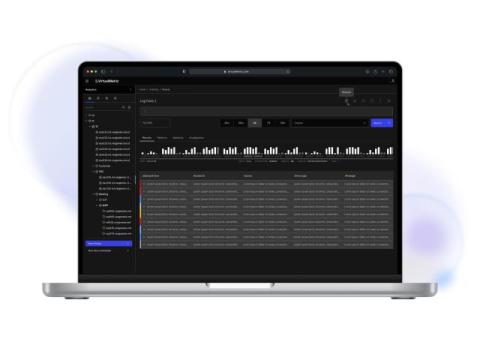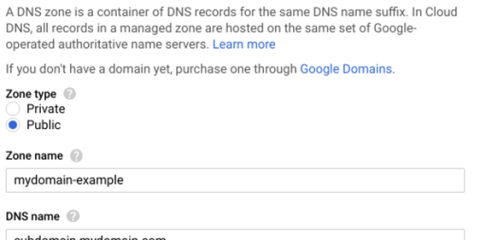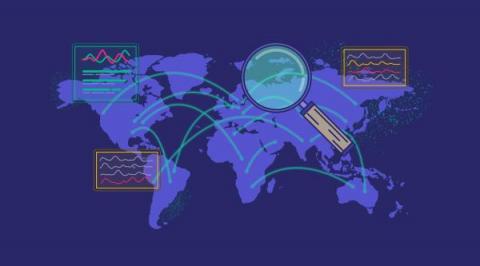How to Optimize Mobile App Performance on iOS & Android
Is your mobile application struggling with frequent slowdowns during testing? Are you tired of the constant buffering and crashing your app faces whenever you test it? Every developer has come face-to-face with poor app performance in one way or another. From slow loading times to frequent crashes, these moments of friction can lead to a poor user experience, which can resign your app to a fate of inevitable obscurity in the competitive app marketplace.











